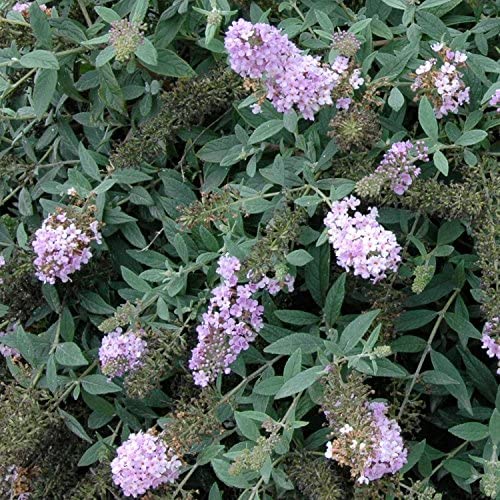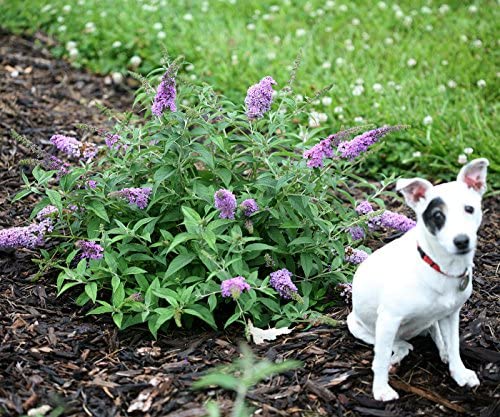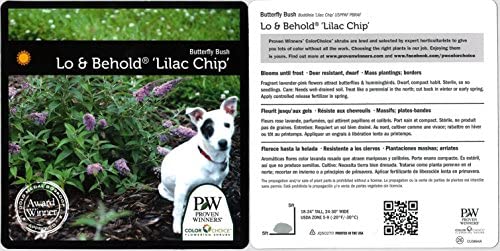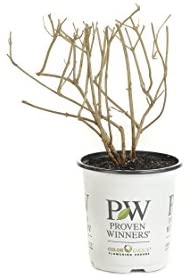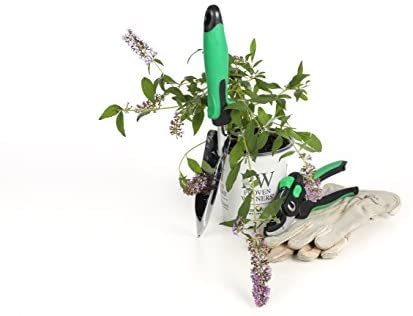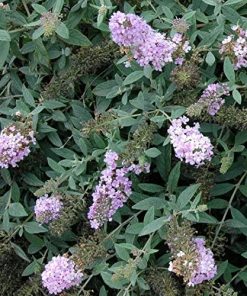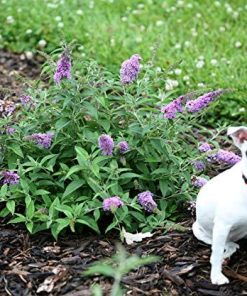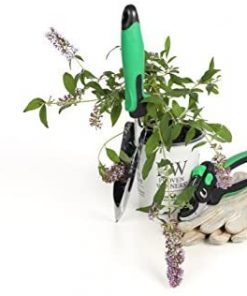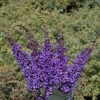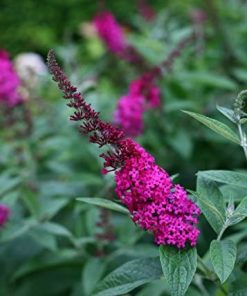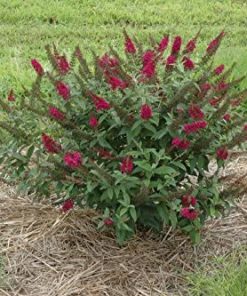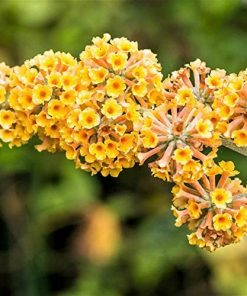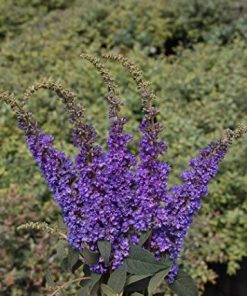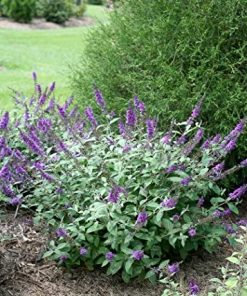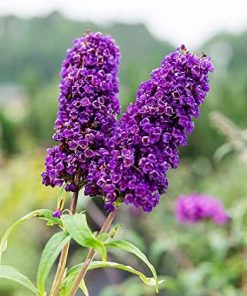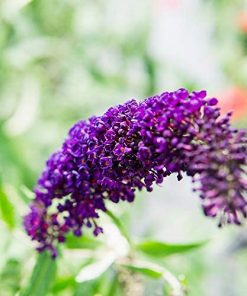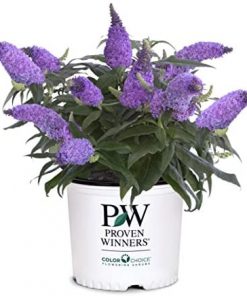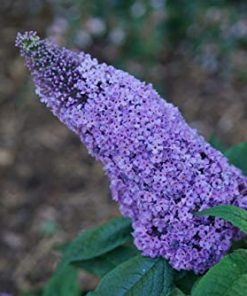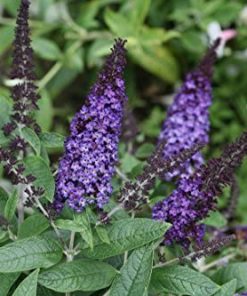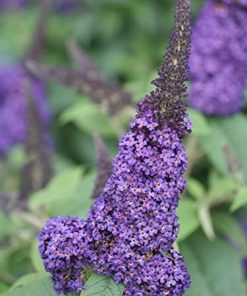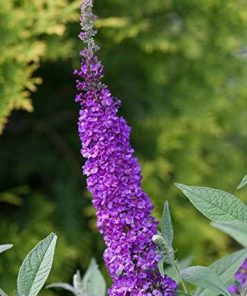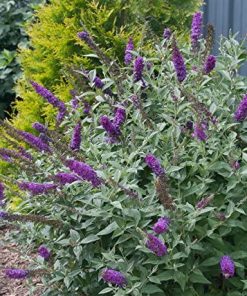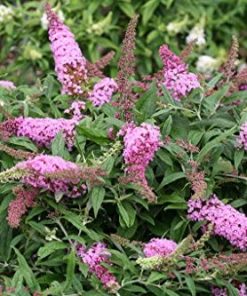The Lo & Behold ‘Lilac Chip’ Butterfly Bush, botanically named Buddleja ‘Lilac Chip’, is another dwarf cultivar from the Lo & Behold series, similar to the ‘Blue Chip Jr.’ but with its own unique qualities. It is a part of a line of miniature butterfly bushes that are bred for small spaces and less maintenance while still attracting a plethora of pollinators.
Here are the defining characteristics of the Lo & Behold ‘Lilac Chip’ Butterfly Bush:
– **Flowers:** This cultivar boasts soft, lavender-pink to lilac-colored flowers. The blooms are small but abundant, forming in charming panicles and covering the plant. They are fragrant and continue to appear from mid-summer until frost without the need for deadheading.
– **Foliage:** The leaves of ‘Lilac Chip’ are narrow and elongated, featuring a gray-green color that nicely complements the soft lilac tones of the flowers.
– **Size:** ‘Lilac Chip’ is a compact shrub, generally reaching only 18 to 24 inches in both height and width. Its dwarf habit makes it a suitable choice for smaller garden beds, borders, and containers.
– **Blooming Season:** Like other members of the Lo & Behold series, it has an extended blooming period that lasts from mid-summer to the first frost, providing long-lasting color and interest in the garden.
– **Attracting Wildlife:** The flowers are a magnet for butterflies, hummingbirds, and bees, making it an excellent plant for creating a buzz of activity in the garden.
– **Care:** Dwarf butterfly bushes like ‘Lilac Chip’ are relatively low-maintenance. They require full sun and well-draining soil to thrive but are more manageable than their larger relatives when it comes to pruning and general care.
– **Hardiness:** It is hardy in USDA zones 5 through 9, and its small size allows for easier protection during harsh winters, if necessary.
‘Lilac Chip’ is notable for its non-invasive nature, as it produces fewer seeds than typical butterfly bush varieties, reducing its chances of spreading outside cultivated areas. This trait, combined with its small stature and attractive blooms, makes it a popular choice among gardeners who wish to enjoy the benefits of butterfly bushes without the risk of them becoming invasive in their region. It’s perfect for mixed borders, foundation plantings, and even as a standalone specimen in a pot or planter.
